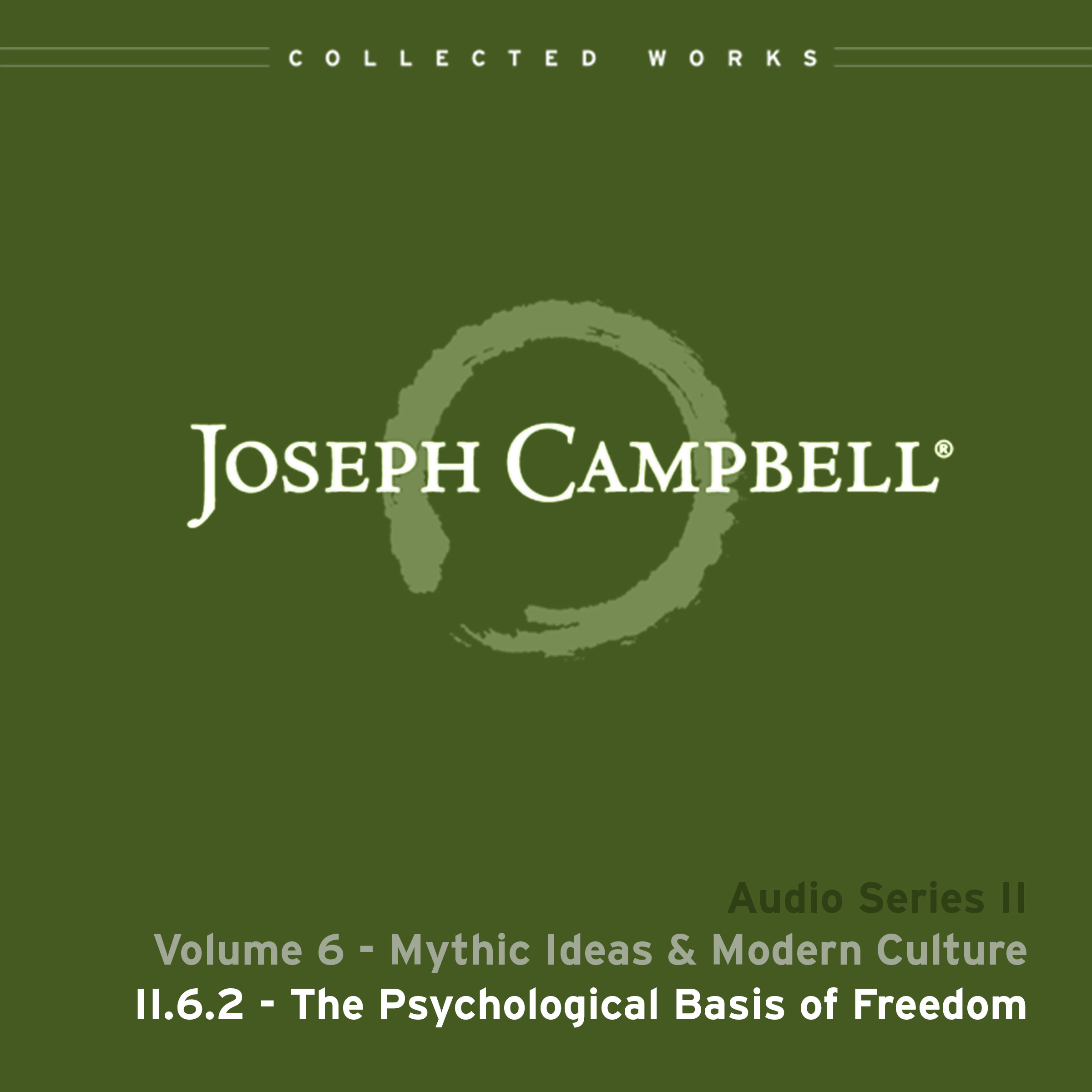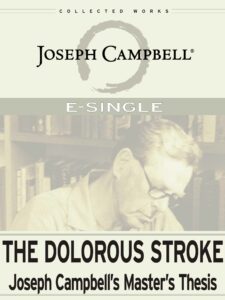Between the Summer of our Discontent and The Fall: Babel and Babble.

September smuggles us across the Equinox, the border between Summer and The Fall. That phrase, The Fall, does a lot of work when you’re talking about a blasted Tower. And it’s important to consider that borders, all borders, are overseen by the God of War, Mars. Where there’s a border, there’s a Tower. Sometimes the crossing is easy, sometimes it’s a mess. Sometimes Border Patrol and Customs won’t let you bring your baggage across, and you have to leave everything behind. Any attempt to storm the gate can mean ruin.
This can be as true metaphorically as it is literally. If I were paraphrasing T.S. Eliot I’d say something like:
… between the mythos and the logos,
between practice and theory,
between narrative and explanation,
between wisdom and understanding,
falls the shadow.
This is the way the world ends
This is the way the world ends
This is the way the world ends
Not with a bang but a whimper.
– T.S. Eliot, The Hollow Men
Which brings us to The Tower of the Tarot and, naturally, The Tower of Babel.
One unlocks the other.
There are some jaw droppingly suggestive paradoxes buried in the rubble of this metaphor.
Let’s jump into the deep end of the debris field.
Read more
The Tower card in the Tarot references an earlier, more famous Tower—this one:
The LORD came down to see the city and the tower, which mortals had built. 6 And the LORD said, “Look, they are one people, and they have all one language, and this is only the beginning of what they will do; nothing that they propose to do will now be impossible for them. 7 Come, let us go down and confuse their language there, so that they will not understand one another’s speech.” 8 ( Genesis 11:6–9 NRSV)
In other words: using bricks and a design of their own genius, humans attempt to cross the border between Earth and Heaven, from the temporal to the eternal (to count up, as it were, to infinity), and it blows up, spectacularly, in their face. They’re cast down, foiled by the presumption of their own engineering, blasted by the Divine Power, and then left dazed and confused.
The word “Babel” itself picks up these themes. As you’d expect, the word means “confusion” but it also means, etymologically, the “Gate of God”. How to make sense of this apparent paradox?
One obvious metaphor here: when the finite tries, finitely, to reach the infinite we are thrown back in confusion.
Or
Whenever you try to build a Gate of God, using bricks created by engineering and science, reason won’t get you there.
Or, a bit more subtly,
You can’t use the algorithms of normal, rational consciousness to reach a religious understanding any more than you can count up to infinity. It just doesn’t work like that. When you try, confusion is all that results.
There’s a lot buried in the debris.
I keep two examples in mind.
The first one comes from reading the work of both honest-to-goodness mystics as well as the bat-swarm of more contemporary, earnest, spiritually inclined authors.
Have you ever noticed that a lot of mystical literature typically begins by explaining that it’s impossible to comprehend the ineffable and transcendent, consciousness-shattering splendors surrounding the incandescent mystery of God (or samadhi, enlightenment, bliss, ecstasy, take your pick)? And then they’ll remind their readers that, as impossible as it is to comprehend the majesty of Divine Power, it’s even more impossible to describe it in words?
— and then they try to describe it anyway? For pages. And pages. And pages.
Yeah, me too. Look, you can’t say, “This is beyond our ability to think or describe!” and then go ahead and subject the rest of us to volumes of unintelligible (but sacred) word salad as you attempt to describe it.
That unintelligibility is the babble of apes who have fallen from the Tower when they try to approach that-which-you-can’t-count-up-to. By the way, you may have had this experience yourself. I know I have—and over nothing nearly as grand as building a Tower to God. If you’ve ever spent any time in meditative practice, like prayer, yoga, or qigong, you’ve probably had the surprisingly satisfying experience of quieting your mind and getting that burst of endorphin release. Have you ever tried to explain what that’s like to someone who hasn’t had the experience? You sound like you’re babbling, to them at least. I learn a lot from student’s faces, for instance, when I’m trying to explain ideas like the categorical imperative or how logic works. And that isn’t even mystical, it’s just difficult.
The other example is the metaphor painted into the falling figures in Frieda Harris’ tarot card. The attempt to build a tower into spiritual, mythological, consciousness using the bricks of reason always causes chaos. The figures cast down from the tower in Harris’ illustration have assumed geometrical forms which has always suggested to me that the rationality with which they approached the infinite, now made explicit, was the underlying cause of their own destruction, represented here by fire, just as Noah’s world was overwhelmed by water.
The Tower warns us that when we approach the limits of conscious comprehension – as one does both in physics as well as spiritual pilgrimage – our rational constructions are shattered into bits, along with our expectations and conditioning paradigms, and we’re thrown, necessarily, into metaphor: from the language of science and explanation across the border into the language of myth.
P.S. It’s always nice to have a little dessert after a meal like that. Digging into the literature surrounding the Tower of Babel, I discovered that the philosopher Derrida had, unironically, used it as a metaphor for the impossibility of translation. But adding deconstruction to Babel put me in mind of my favorite philosophy joke. This one:
Q: what do you get if you cross a Deconstructionist with a Mafia Hit Man?
A: You get an offer, you can’t understand.
 Mark C.E. Peterson is Professor of Philosophy and Religious Studies with the University of Wisconsin Milwaukee, and former President of the International Society for the Study of Religion, Nature, and Culture. He began his work at the University of Toronto focused primarily on Hegel’s natural philosophy and its links to the history of science and technology. These interests evolved to constellate around the larger questions of how humans are related – scientifically, philosophically, and spiritually – to nature. A practitioner of both taijiquan and kundalini yoga for over 40 years his academic research is currently engaged in a semiotic analysis of the relationship between explanatory and narrative/mythological accounts of nature and an Aristotelian re-examination of environmental ethics.
Mark C.E. Peterson is Professor of Philosophy and Religious Studies with the University of Wisconsin Milwaukee, and former President of the International Society for the Study of Religion, Nature, and Culture. He began his work at the University of Toronto focused primarily on Hegel’s natural philosophy and its links to the history of science and technology. These interests evolved to constellate around the larger questions of how humans are related – scientifically, philosophically, and spiritually – to nature. A practitioner of both taijiquan and kundalini yoga for over 40 years his academic research is currently engaged in a semiotic analysis of the relationship between explanatory and narrative/mythological accounts of nature and an Aristotelian re-examination of environmental ethics. Weekly Quote
We live, on this side of the mystery, in the realm of the pairs of opposites: true and false, light and dark, good and evil, male and female, and all that dualistic rational worldview. One can have an intuition that is beyond good and evil, that goes beyond pairs of opposites — that’s the opening of this gateway into the mystery.
Featured Video
News & Updates
In this bonus episode, Joseph Campbell answers questions following the lecture that he gave with the same name from EP 25. The questions deal with the contrast of mystical experience in the east and west. Question topics include: the meaning and definition of samadhi, how an eastern mystic compares to the western mystic, how a mystic in the western world acts in relation to institutions, the meaning of atonement. It ends with Campbell giving a short introduction to the Hero’s Adventure. It was recorded in 1967 at the Esalen Institute in Big Sur, California.
Featured Work
The Dolorous Stroke: eSingle from Romance of the Grail
This is an excerpt from Campbell’s collection Romance of the Grail.
Throughout his life, Joseph Campbell was deeply engaged in the study of the Grail Quests and Arthurian legends of the European Middle Ages. In this new volume of the Collected Works of Joseph Campbell, editor Evans Lansing Smith collects Campbell’s writings and lectures on Arthurian legends, including his never-before-published master’s thesis on Arthurian myth, “A Study of the Dolorous Stroke.” Campbell’s writing captures the incredible stories of such figures as Merlin, Gawain, and Guinevere as well as the larger patterns and meanings revealed in these myths. Merlin’s death and Arthur receiving Excalibur from the Lady of the Lake, for example, are not just vibrant stories but also central to the mythologist’s thinking.
The Arthurian myths opened the world of comparative mythology to Campbell, turning his attention to the Near and Far Eastern roots of myth. Calling the Arthurian romances the world’s first “secular mythology,” Campbell found metaphors in them for human stages of growth, development, and psychology. The myths exemplify the kin
Subscribe to JCF’s email list to receive a weekly MythBlast newsletter along with occasional news and special offers from JCF.





